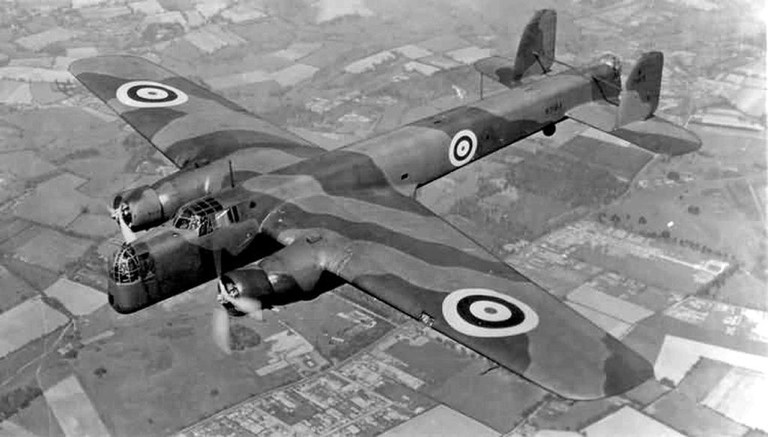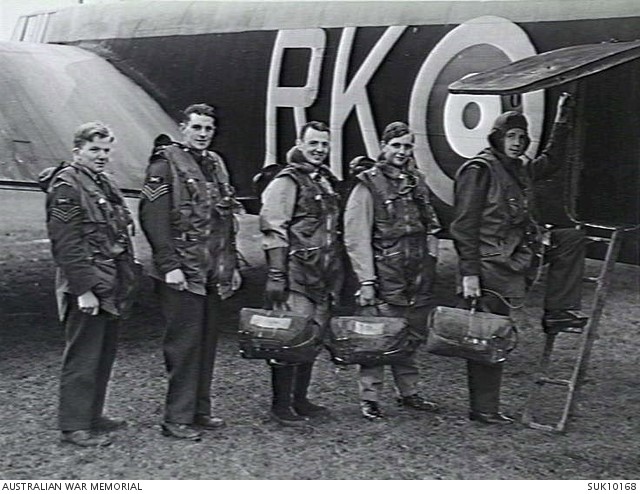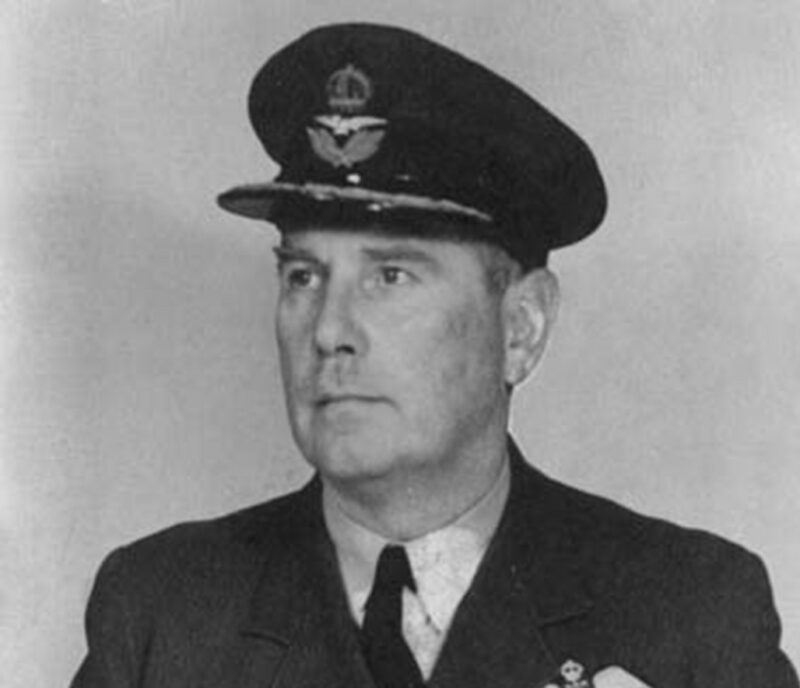Research
Research
Research
Armstrong-Whitworth Whitley
The twin-engined Whitley was the first monoplane bomber to enter RAF squadron when it began service in March 1937, with the first aircraft allocated to 10 Sq. Together with the Hampden and Wellington it was at the forefront of Bomber Command operations in the early war years, notably flying to Berlin, and further to Czechoslovakia and Italy on very long-range ops.
Aesthetically unappealing, it had a distinctive nose-down flying attitude. Perhaps unsurprisingly then, the nickname the flying barn door quickly struck.

By the outbreak of the Second World War, a total of seven squadrons were operational with a total of 196 Whitleys on charge with the RAF. The majority of these were Whitley III or IV aircraft, while the Whitley V (which became the main production version) had only just been introduced to service as war broke out. Ultimately 1811 aircraft were built.
The Whitley had a crew of five – a pilot, co-pilot/navigator, bomb aimer, wireless operator and a rear gunner. The pilot and second pilot/navigator sat side by side in the cockpit, with the wireless operator further back. The navigator, his seat mounted on rails and able to pivot, slid backwards and rotated to the left to use the chart table behind him after take-off.

Australian and New Zealand crew entering a Whitley Bomber aircraft to practice general flying during their training course at an Operational Training Unit.
Left to right: Sgt Heyrtley; Sgt M. H. Harwood; Pilot Officer V. W. J. Mansell; PO M. J. C. Muirhead; PO A. J. Sears
(Credit: Australian War Memorial)
Capable of carrying a 7000lb bomb load, greater than either of its contemporaries (albeit just half the load of the future RAF heavies), the Whitley remained an integral part of the early British bomber offensive until superseded by the first of the four-engined bombers in 1942. On the night of 29/30 April 1942, No. 58 Squadron bombed the Port of Ostend in Belgium. This was to be the last operational mission by a Whitley-equipped bomber squadron. Later, Whitleys were also used by Coastal Command for maritime reconnaissance and in second line roles of glider-tug, trainer and transport aircraft.
New Zealanders flying Whitleys
Unlike other types, relatively few New Zealanders flew Whitleys. A number flew sorties to Italy after that country declared war with Britain and France in June 1940. Flying to Italian targets – Turin, Milan and Genoa – meant a long and dangerous flight, across the Alps with basic navigation aids and at the extreme of fuel reserves. Max Lambert, in Night After Night, described the Whiley as “poorly heated, and crews suffered cruelly from the cold.” Hugh Miller (No. 77 Sq.) recalled sitting in the pilot’s seat for 12 hours and 50 minutes on a Turin raid. He was “numbed by cold and worried about location throughout the return trip, ”
Ian Parsons (No. 10 Sq.) was the first New Zealander killed on operations to Italy – his Whitley hit by a night-fighter on 13-14 August 1940. His plane crashed on a Kent beach whilst trying to make an emergency landing.
In November 1940 two Whitleys, both flown by New Zealanders on 77 Sq., ditched, out of fuel on the return from Italy. Miller’s crew (see above), having lost their bearing and short of fuel had thrown everything they could out of the aircraft to lighten the load. The rear gunner had kicked out the back door in readiness for ditching when he spotted a small vessel, Miler somehow ditched the Whitley tail first near the vessel, despite a heaving sea, and all were rescued.
Rob Bagnall’s crew were less fortunate. On the outward leg they had first flown to Norfolk to tup the fuel tanks. Like Miller’s crew they had lost direction and worse, on the return developed an engine fault. Bagnall cut the revs and speed dropped to around 110mph. With fuel tanks empty he was forced to ditch, but as he climbed out on top of the aircraft he realised the crew were without the dinghy. Bagnall was rescued by a naval launch, but no one else in the crew was found. Later he learned that they were just three miles from land.
One Whitley squadron, No. 77 Sq. was commanded by New Zealander, Wing Commander Geoff Jarman, who had joined the RAF in 1930 during 1940-41. Miller recalled flying to Berlin as second pilot with Jarman. “We got into some real flak over the city and were diving around…. A shocking trip.” Flak punctured a large hole in Jarman’s windscreen, hitting the pilot and ending up on the navigational table.

No. 77 Whitley Squadron was commanded by New Zealander, Wing Commander G. T. Jarman DFC DSO.
Sadly, no complete Whitley remains today. A fuselage section is displayed at the Midland Air Museum (MAM), whose site is adjacent to the airfield from where the Whitley’s maiden flight took place. The Whitley Project was set up in in September 2000, with the intention of building a Whitley for museum display. Over the last 20 years the Project has been able to obtain most of the parts required.

A Whitley Mark V bomber of No 58 Squadron being ‘bombed up’ with 500-lb GP bombs at Linton-on-Ouse station in 1942.
(Credit: Imperial War Museum)
August 4, 2024